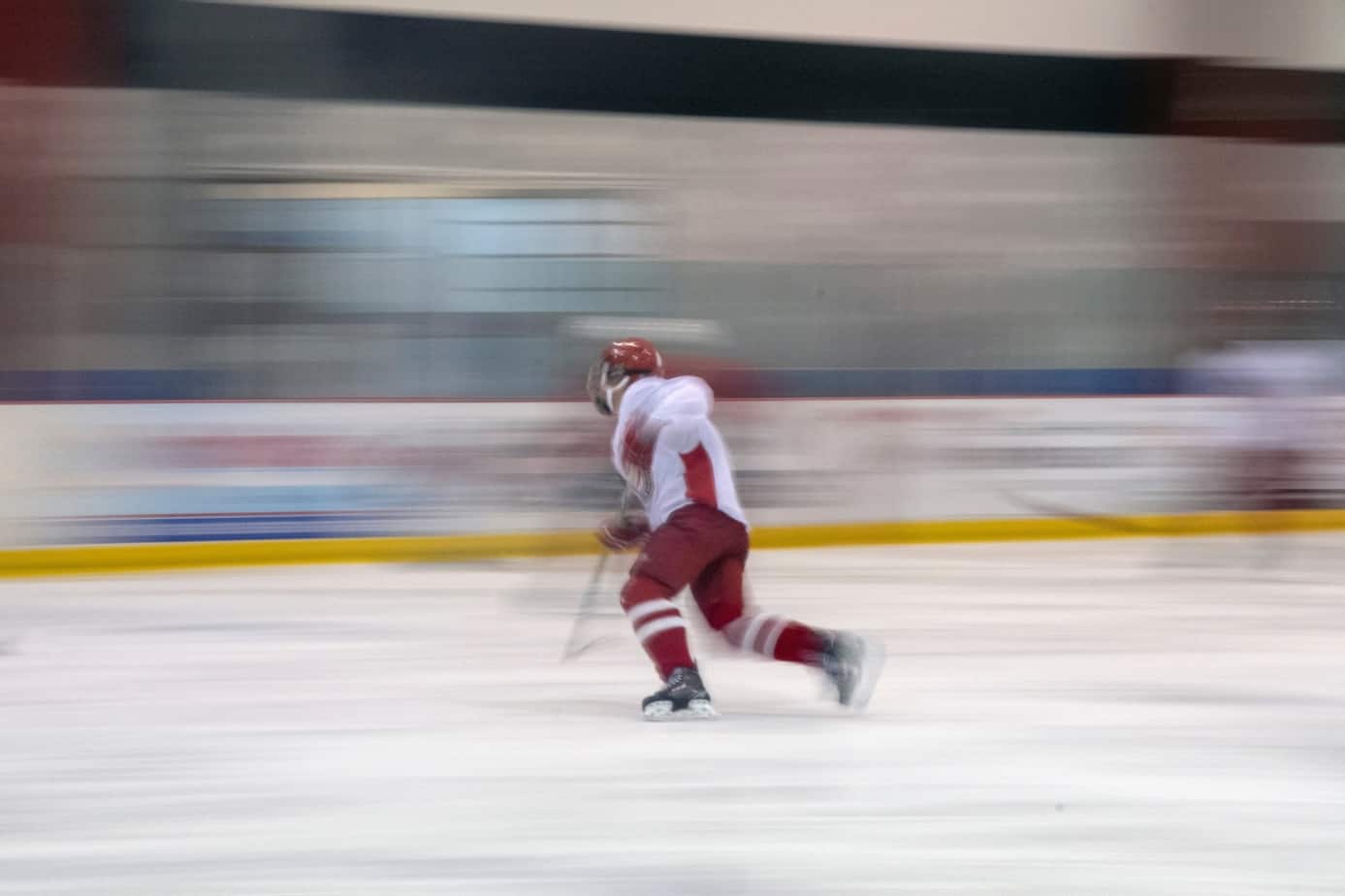What can athletes from other sports learn from ice skaters?
There are some huge differences between training for ice skating and other sports. But there are some crossover lessons for athletes who don’t take the ice.
On thin ice: what other athletes and coaches can learn from ice skaters
Christoph Wyss has coached strength and power for Chinese Speed Skaters and NHL hockey stars. In episode 74 of the Science for Sport Podcast, he reveals the secrets you can learn from the unique sporting movement of ice skating.
Wyss faces some unusual challenges, and these offer some valuable takeaways for field-based coaches and athletes.
First things first, it’s important to distinguish the difference between movement on ice and land-based sports like rugby, Aussie rules, and football (soccer to you pilgrims).
One key difference, apart from the fact it’s colder than a penguin’s undercarriage on the ice, is the muscle contraction type. Muscles can contract concentrically (muscle shortens), eccentrically (muscle lengthens), or isometrically (muscle stays the same length).
“The skating action itself tends to be more concentric and isometric, compared to eccentric during running,” Wyss said.
This has large implications for how you might want to train in the gym. Many field-based sports rely heavily on plyometric actions, which include large eccentric muscle actions, coupled with an elastic energy recoil. One example of this is stepping from a box, landing on the floor, and quickly jumping onto another box. However, as this type of action is not specific to the movements on ice, Wyss may have to turn his attention elsewhere.

So, how does training on the ice differ to running on ground?
Another difference is the plane of movement used in ice skating compared to running-based sports.
“In the skating action, you push sideways and away from your body, instead of going in a linear fashion,” Wyss said.
This leads Wyss to a conclusion which he thinks many other sports can learn from – train in the frontal plane (the frontal plane travels down the body separating it into front and back halves). Translating this from sport scientist lingo to lay terms, this means performing exercises in which you move sideways.
“The area where it gets different is that we do more work in the frontal plane; lateral sled drags, landmine skater squats,” Wyss said.
These gym-based exercises are more closely matched to movements on the ice than traditional heavy lifting (though Wyss prescribes that too). This starts to make the movement more specific. However, specificity is a complex topic, with Yuri Verkhoshansky’s ‘Dynamic correspondence’ a go-to when it comes to determining specificity. If the book seems daunting, check out Christian Bosse’s fantastic 5-minute simplification.
How is technology used in ice-based sports?
Before we get too immersed in speed and power exercises, it is important to look at how technology is used in ice-based sports.
When running, every metre spent accelerating and/or decelerating costs energy. However, this is uniquely different in ice skating, where athletes can literally coast around without having to work to maintain their speed. This poses a problem when it comes to measuring GPS outputs.
“In skating, when you stop, you’re still moving. But when you’re running, when you stop, you stop. We use GPS with the team [but] you can’t just use distance travelled,” Wyss said.
This means Wyss and a crack team of sport scientists needed to put their heads together to find relevant KPIs which would help them measure physical performance on the ice. Another great lesson for coaches in other sports: don’t just rely on the KPIs you are given.
Want to learn more? Sign up for your free 7-day trial with Science for Sport
Wyss goes on to give more detail on the use of GPS, the exercises he uses in the gym, and some great insights into how he programs rotational movement.
If you want to hear the full episode, hit the link below!
You can download the podcast on any of the big hosting services, including Apple Podcasts and Spotify, or just use this link: https://scienceforsport.fireside.fm/74
Don’t forget to hit the subscribe button and be sure to give us a review and rating too!




